The East Tennessee & Western North Carolina Railroad/Linville River Railway system was practically bursting at the seams in 1918. World War I was underway, creating a huge demand for iron ore from the Cranberry mine to aid the war effort. The Linville River Ry. was rushing to complete its line extension to Boone to receive $27,000 in bonds from that town. Ten-Wheeler #12 had been delivered in February 1917, but with war raging, there was no way to get another Ten-Wheeler from Baldwin Locomotive Works until the war was over. With the need for motive power exceeding the supply, railroad management did something they had never done in their nearly 40-year history — they turned to the used locomotive market for more motive power. They purchased a 2-6-0 Mogul from an obscure lumber line in Louisiana.
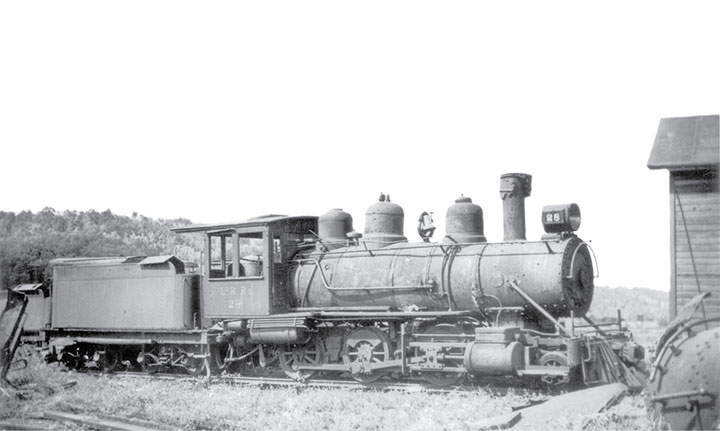
-Photo, author’s Collection.
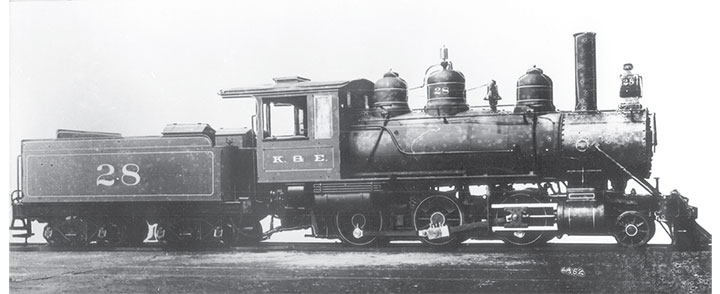
-Photo, H.L. Broadbelt Collection.
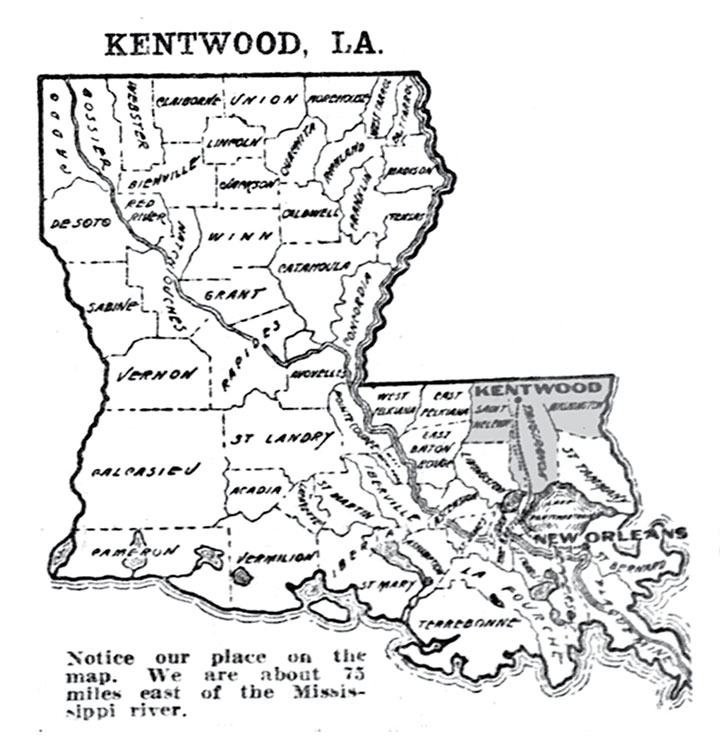
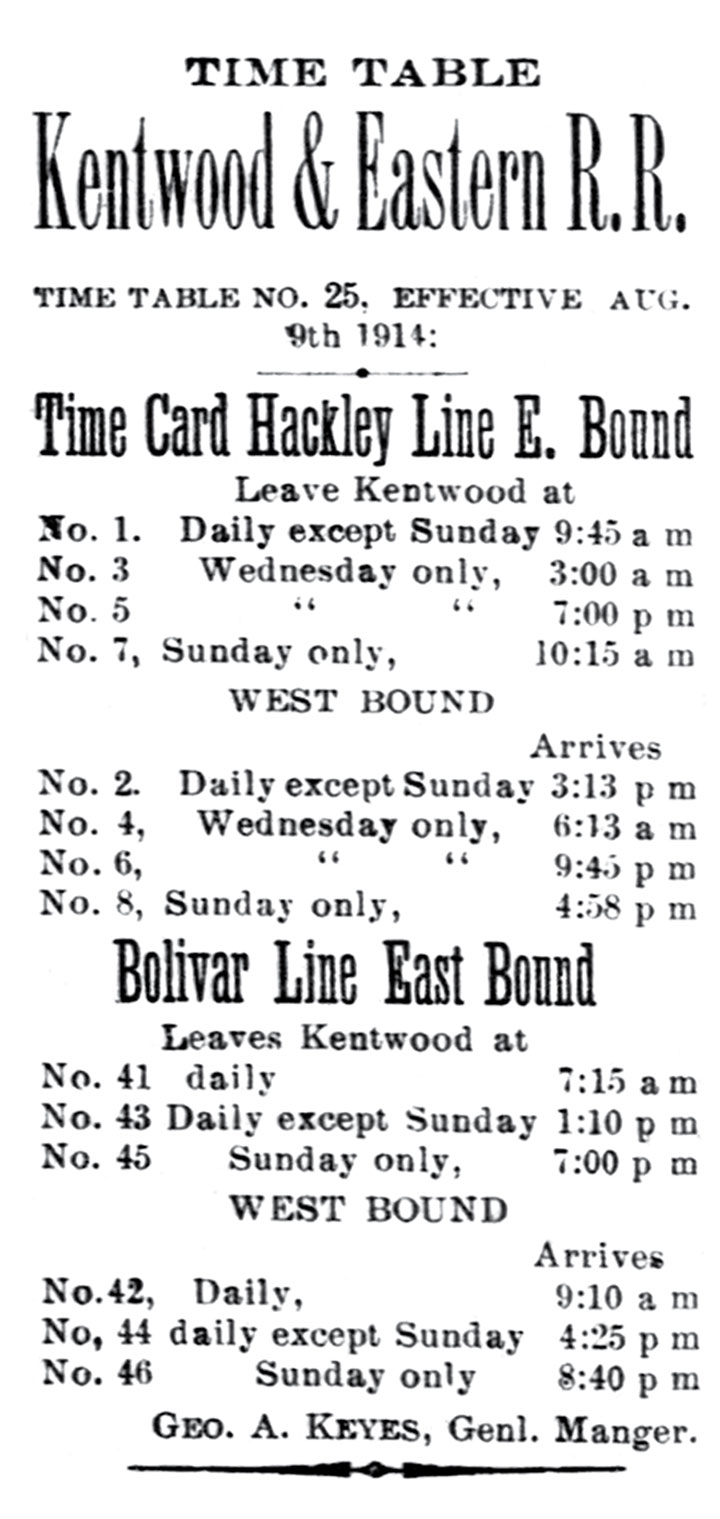
The Kentwood & Eastern Railroad dated from 1903 and was a subsidiary of the Banner Lumber Company in Kentwood, Louisiana. By 1905, the railroad extended from Kentwood to Hackney, Louisiana, a total of 32 miles. In 1906, Banner sold out to Brooks-Scanlon, who then leased the narrow gauge railroad to the Kentwood & Eastern Railway. The K&E then built a standard gauge line from a junction just outside Kentwood to Bolivar, Louisiana. Business was good on both lines and both had common carrier status. The narrow gauge section connected with another railroad at Hackney, so it was much more than a glorified logging line. Brooks-Scanlon was also progressive in that they sold off cut over timberlands to farmers in huge land auctions. One such sale on September 20, 1912, was advertised with half page ads in newspapers all over the center of the country.
The K&E Railroad operated six locomotives, numbers 1–6, including former D&RG 2-8-0 #293. When Brooks-Scanlon and the K&E Ry. took over, four of the narrow gauge engines were renumbered 21–24. Two were Moguls and two were Consolidations. K&E Ry. purchased another Mogul in 1912, and two Shays soon thereafter. Business was so good that in April 1913, a brand-new locomotive was purchased from Baldwin Locomotive Works and given the number 28. It had a Baldwin classification of 8-26D 181, built to drawing #21. This classification had started out as powerful standard gauge engines, including Virginia & Truckee numbers 13 and 14 (EMPIRE and ESMERALDA), built in 1873. Brooks-Scanlon purchased a standard gauge engine of this class in February 1907. When #28 was built six years later, it would have the same power (cylinder size wise) as her standard gauge sister. Engine weight was 74,000 lbs. and cost $8,000. She was the last locomotive purchased for the narrow gauge portion of the Kentwood & Eastern, and one of only two purchased new. In the summer of 1917, the lumber business dropped off significantly, probably due to the cutting of all of the timber along the line. The B-S attempted to terminate its lease of the railroad to the K&E Ry. While it was all tied up in the courts, various engines were retired or sold off.
Number 28 was sold to the General Equipment Company of New Orleans, Louisiana. The ET&WNC purchased the engine from them in August 1918, paying $11,530.39 for it (over $3,500 more than its original cost). After coming to Tennessee, the engine retained its original number of 28. At first glance that is odd, but when you consider that the last engine purchased was number 12 in 1917; that meant that the new engine should have been renumbered 13. That just wasn’t going to happen in Tennessee, so the “new” engine kept her old number. At some point in her service in Louisiana, #28 had been converted from coal to wood for fuel, and was delivered to the ET&WNC arranged that way. Clyde Simerly was given the job of figuring out how to fire the new machine. It took a great effort on his part, but he was able to get the pops to lift on the long climb up State Line Hill. He suggested that the wood burning modifications be removed, and after that the engine was a good steamer. Number 28 was transferred to the Linville River Ry. in December 1919.
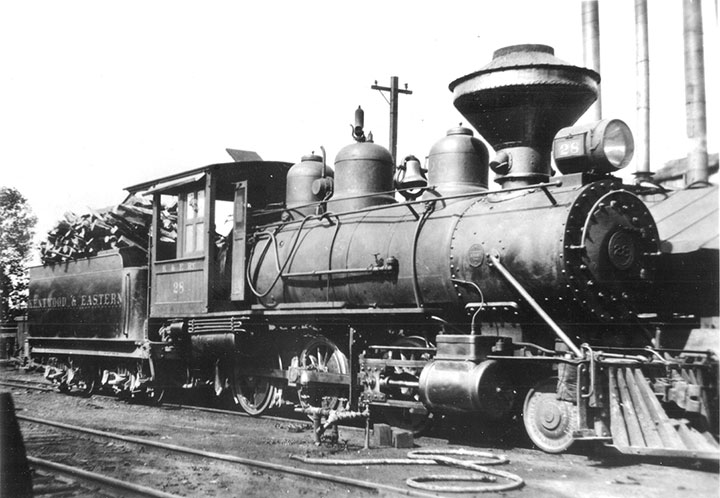
-Photo, Harold K. Vollrath Collection.
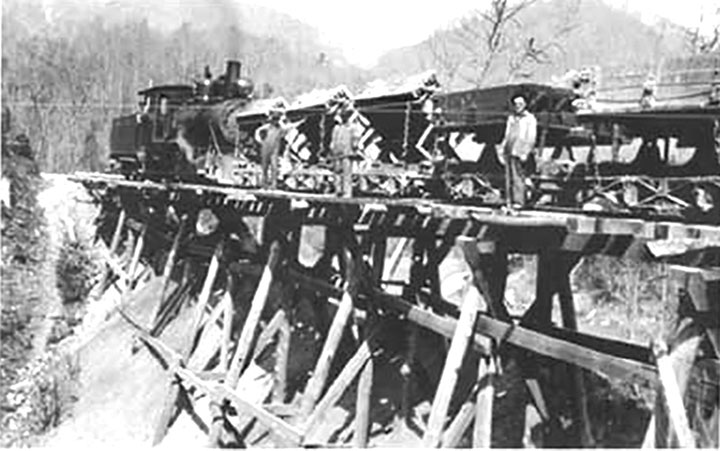
-Photo, Cy Crumley Collection, courtesy Ken Riddle.
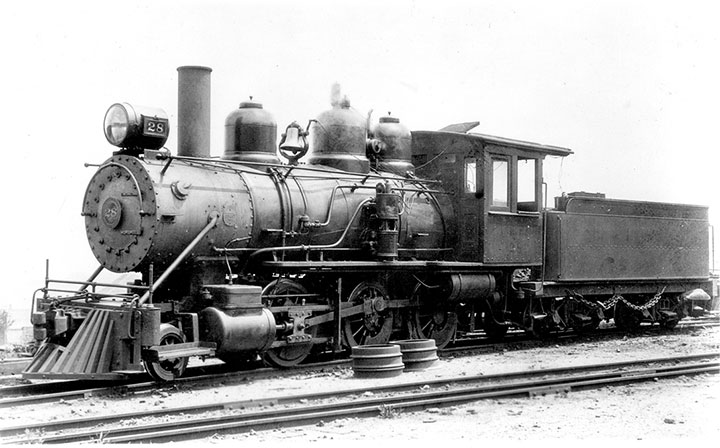
-Photo by Joseph Lavelle.
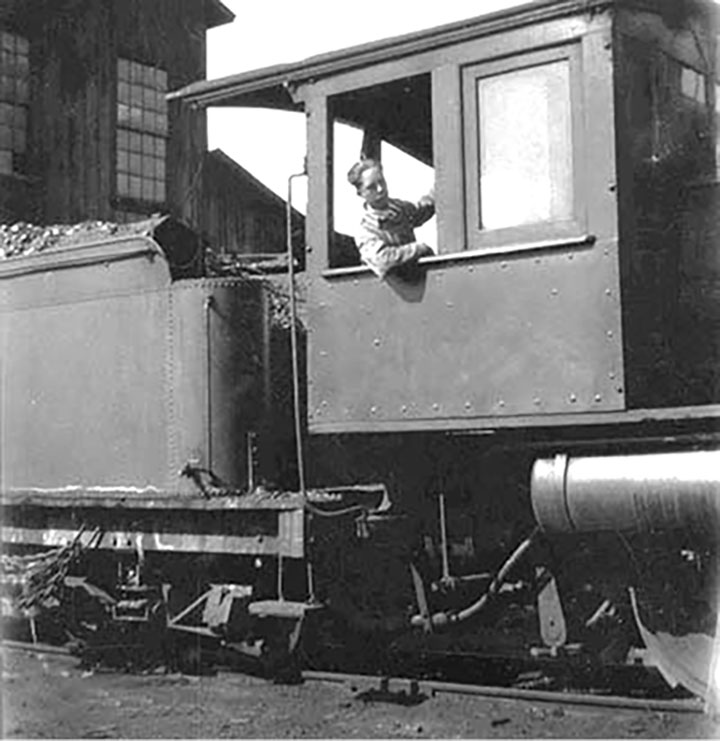
-Photo, Jim Dowdy Collection, courtesy Ken Riddle.
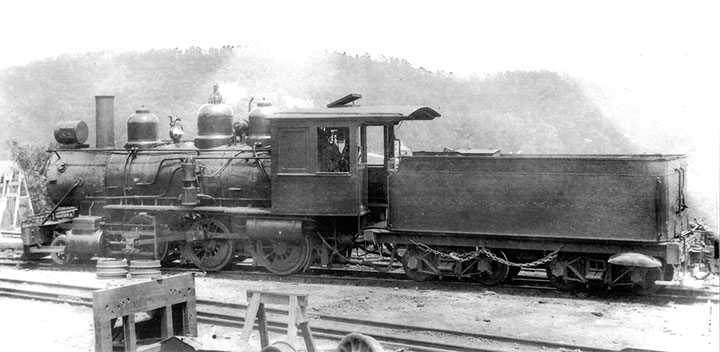
-Photo, Bob Brown Collection.
Coal reports from the period show #28 to be a useful and versatile engine. She had drivers almost as tall as a Ten-Wheeler and the same size cylinders, making her almost as powerful as #8. She was used on every carded train on the ET&WNC schedule between 1920 and 1927, from the First-Class passenger train out of Boone to the local that forwarded freight from Cranberry to Johnson City with a passenger car on the rear. She was the pride of the company when she pulled a two-car train loaded with State Geologists to investigate the Doe River Gorge on October 12, 1921, and in September 1923 when she hauled the Directors of the Company to their annual business meeting. When the Johnson City to Elizabethton commuter train was started in the summer of 1924, #28 was the engine used most often when the Jitney Car was not running. The Jitney Car was a trolley car body on a Peerless truck chassis that was prone to breaking down. After that service ended in January 1925, #28 was rarely used in service on the ET&WNC side of the railroad. There are no records to indicate how much the engine served on the Linville River Ry. side of the system, but she was used to fill in trestles on the Boone Extension in 1922, using recently purchased side dump cars.
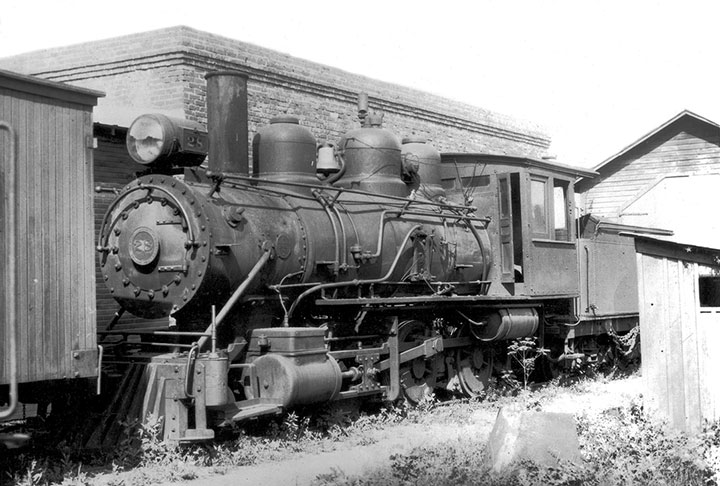
-Photo, Doug Walker Collection.
Like all the other non-Ten Wheelers, #28 was a victim of the Great Depression. She came out of service on February 6, 1930, for removal of flues. She sat in the yard near the Johnson City engine house until written off the company books on October 31, 1936, and scrapped the following month. Number 28 was one of the least photographed locomotives on the ET&WNC/LR roster but gave good service when there was work to do. That’s the best that can be expected of a steam locomotive.